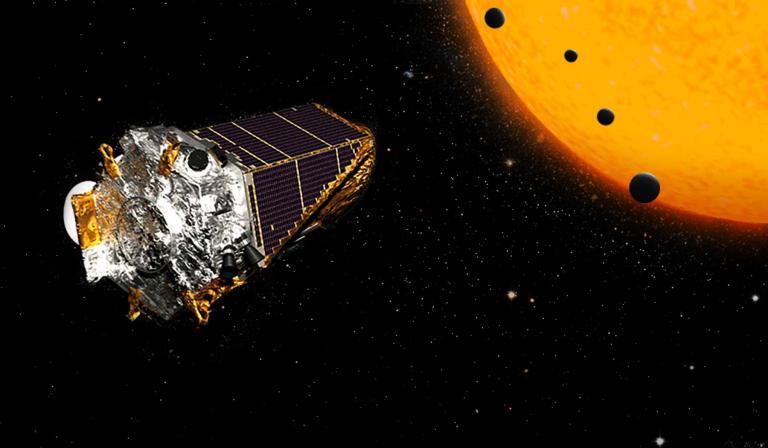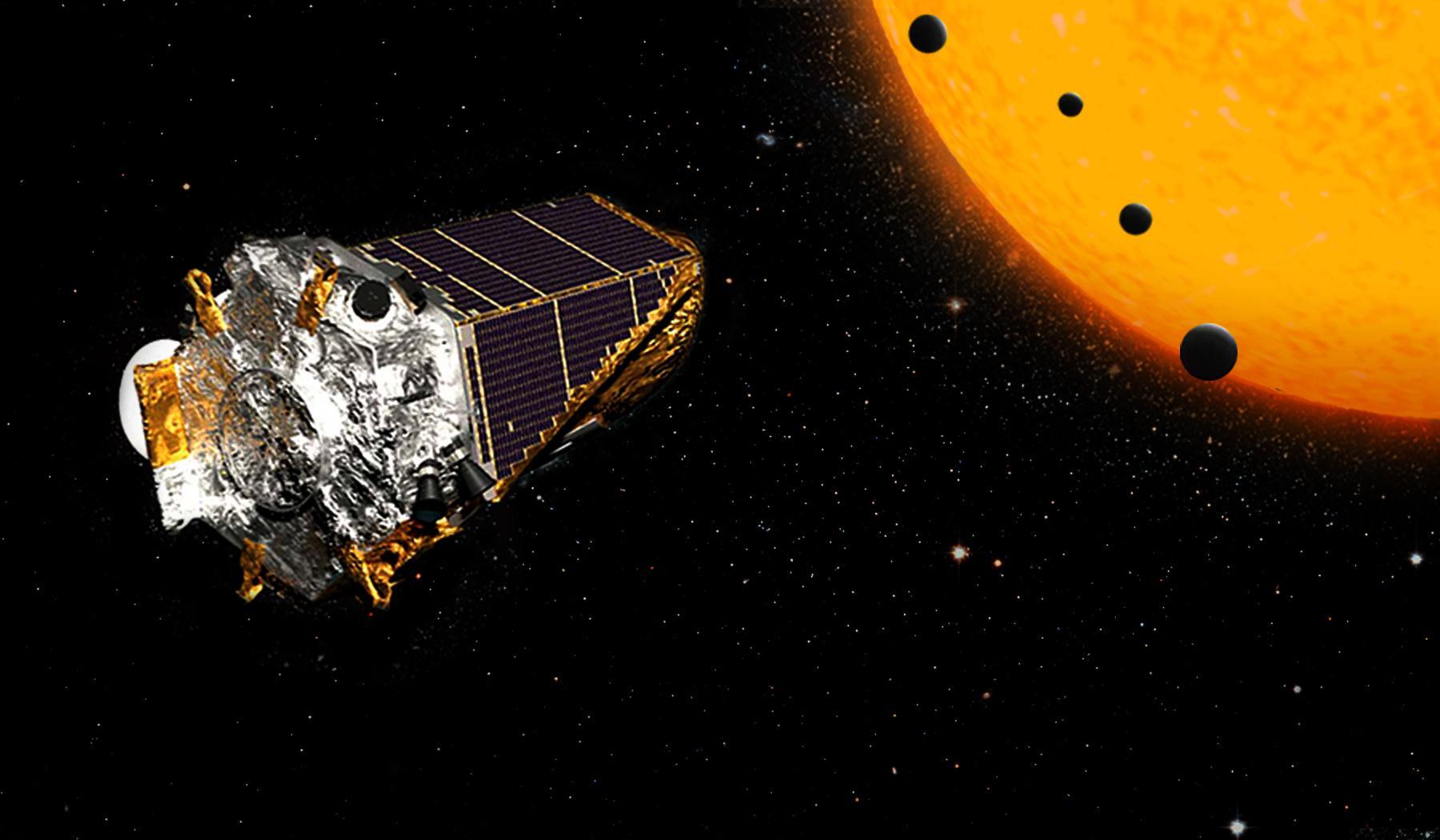 News
NewsStars that rock
Asteroseismology lets astronomers examine galactic archaeology, stellar interiors and strange binary systems – and it owes a lot to the hunt for exoplanets and missions such as Kepler.
 News
NewsAsteroseismology lets astronomers examine galactic archaeology, stellar interiors and strange binary systems – and it owes a lot to the hunt for exoplanets and missions such as Kepler.

Asteroseismology lets astronomers examine galactic archaeology, stellar interiors and strange binary systems – and it owes a lot to the hunt for exoplanets and missions such as Kepler.
Stars rock – and not just in the mind of an over-enthusiastic science journalist! They quake, rock, wobble and otherwise oscillate in ways that astronomers can use to probe their internal workings, composition and evolution. Asteroseismology – never astroseismology – uses those oscillations to refine deas about the age, temperature and composition of stars, and hence shape ideas about the chemical evolution of the galaxy. And the field has gained a new level of precision thanks to the search for exoplanets by NASA's Kepler and ESA's CoRoT projects.
Don Kurtz, Simon Jeffrey and Connie Aerts discuss the state of play in asteroseismology in the latest issue of A&G. They cite the value of the orders of magnitude improvements in the precision of radial velocity and photometry measurements fo their field – and note why it is correctly called 'asteroseismology', not 'astroseismology' (careful etymology and a nod to the pre-existing field of seismology).
Find out more at the magazine website A&G Online.
If you would like to submit an article to A&G Forum then please go here.